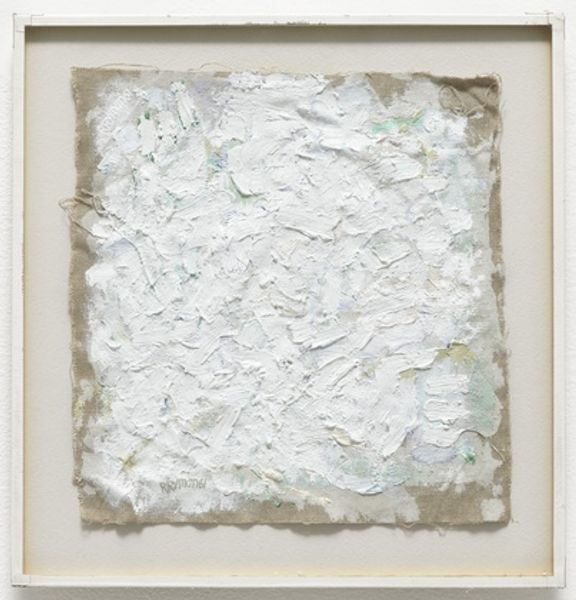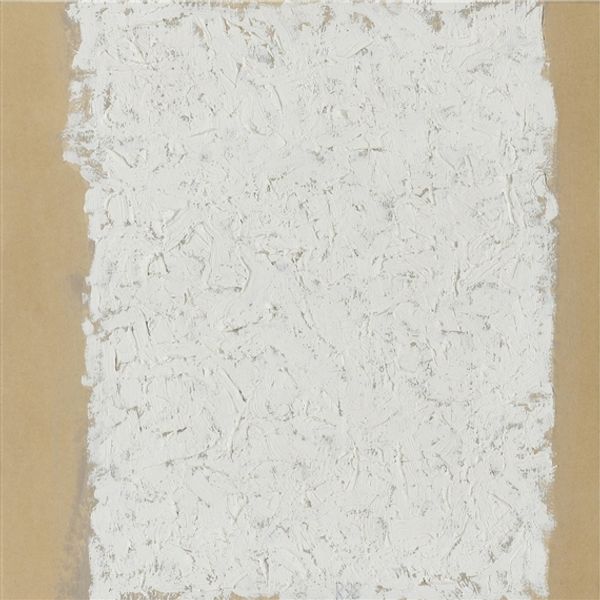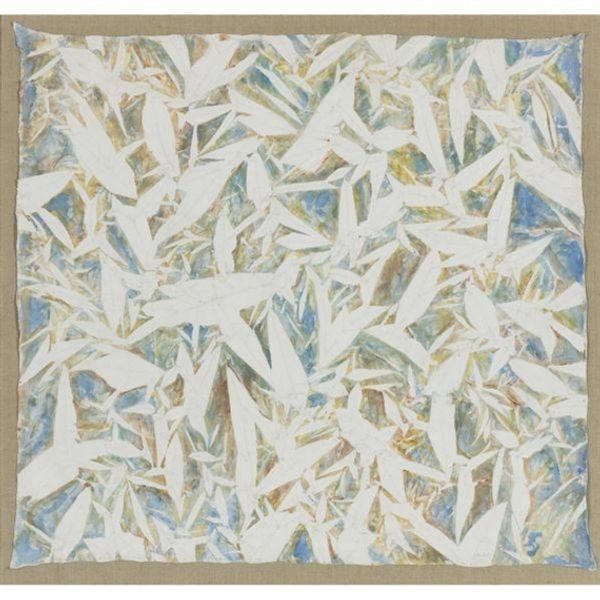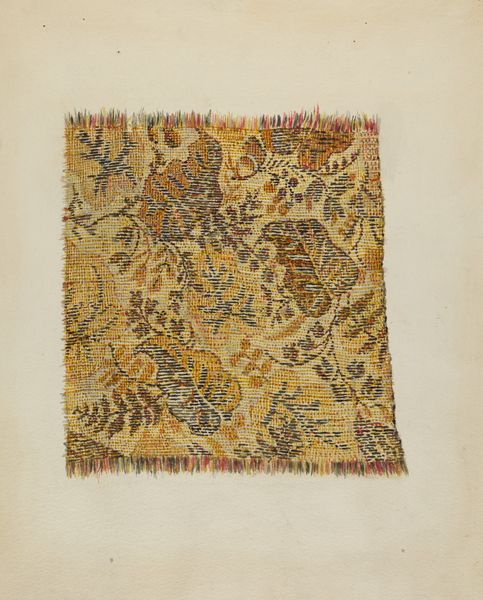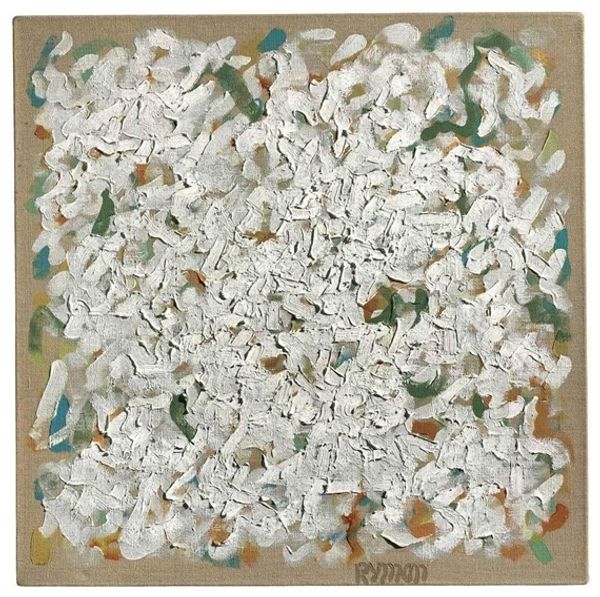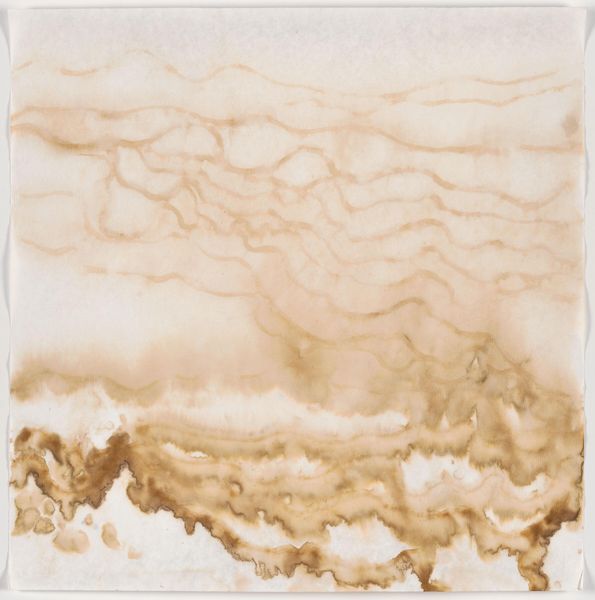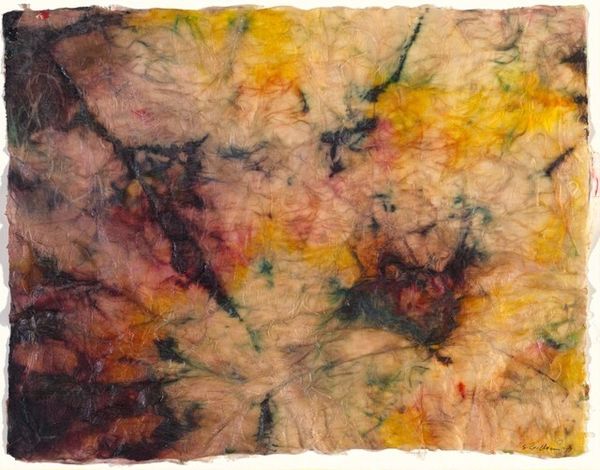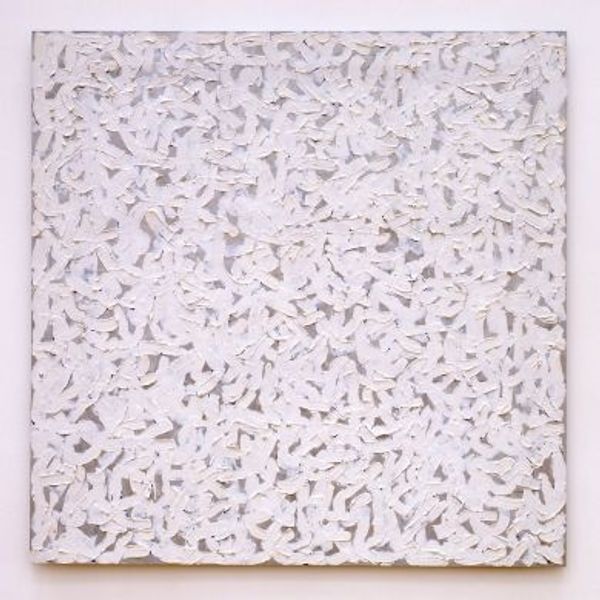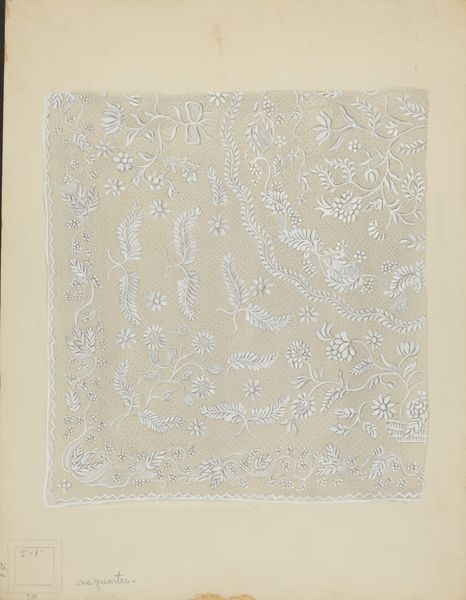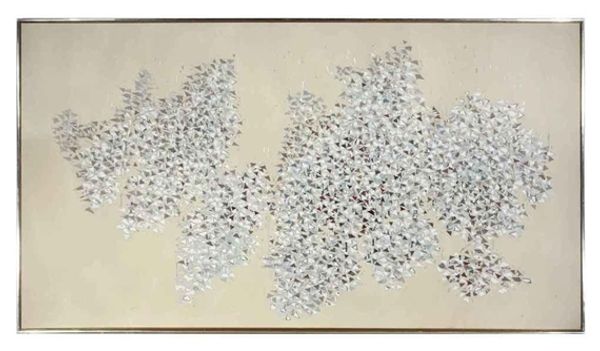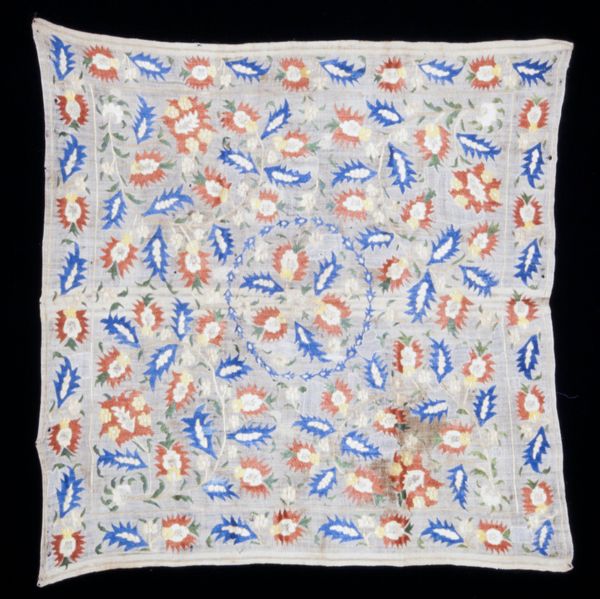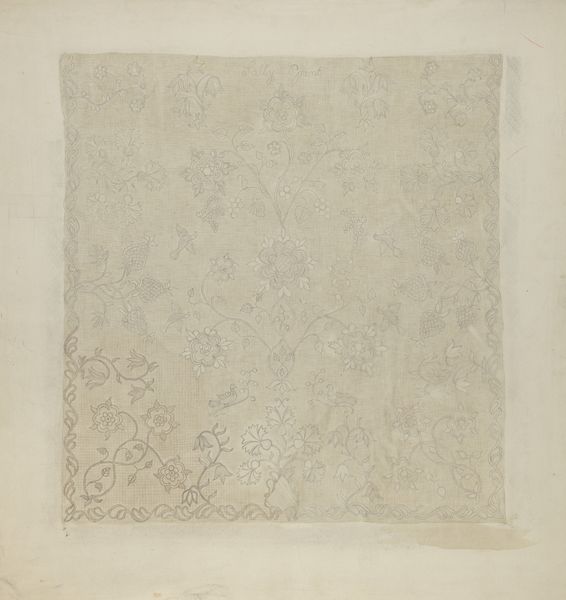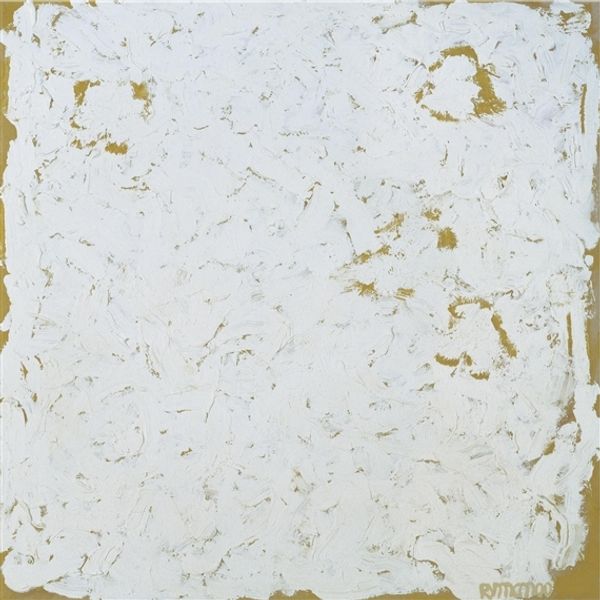
matter-painting, painting, oil-paint, impasto
#
abstract painting
#
matter-painting
#
non-objective-art
#
painting
#
oil-paint
#
impasto
#
abstraction
#
monochrome
Copyright: Robert Ryman,Fair Use
Curator: Before us, we have an Untitled work, an intriguing piece in oil paint by Robert Ryman. Editor: My initial impression is one of textured serenity, or perhaps restrained chaos? It feels like an avalanche of whipped cream on a small raft, that’s barely keeping it from falling over the sides. Curator: A suitable description, considering the impasto technique at play. The materiality, with its layering and pronounced brushstrokes, commands our immediate attention. Ryman seems less interested in depiction and more in the properties of paint itself. Editor: Absolutely, and this is where the "Untitled" becomes powerful. Stripped of context, the artwork forces us to confront the stark reality and politics of whiteness—its historical associations with purity and dominance. The textured layers also create physical and metaphorical depths: it gives us room to navigate complex questions of art history, representation and visibility. Curator: Interesting point, and the monochromatic palette eliminates distraction, directing our gaze solely to the composition and its intrinsic components. Look at how the light catches the peaks and valleys of the paint; it transforms what could be flat into a dynamic surface. Editor: I would love to see what an artist today would do when revisiting Ryman's project. Especially because minimalist, all-white abstract art—created, presented, and historically celebrated as neutral—was, in fact, almost exclusively the domain of wealthy white men with social and political access to the elite institutions of the art world. The myth of its presumed objectivity has helped perpetuate exclusivity for decades. Curator: But hasn’t this intense focus on the object itself led to the dissolution of any historical connection with its creator, enabling a pure, visual experience free of preconceptions? It invites viewers to analyze art solely based on its visible components. Editor: Perhaps, but total detachment from historical context seems to deny all contemporary dialogues on racial and gender-based exclusion that remain relevant today. Even in its visual presence, its absence evokes important questions. Curator: Your remarks really shifted my focus and challenged my perceptions! It seems every viewing reveals different dimensions. Editor: Agreed. Art opens conversations, it challenges, and helps us see through the ever changing lens of now.
Comments
No comments
Be the first to comment and join the conversation on the ultimate creative platform.
